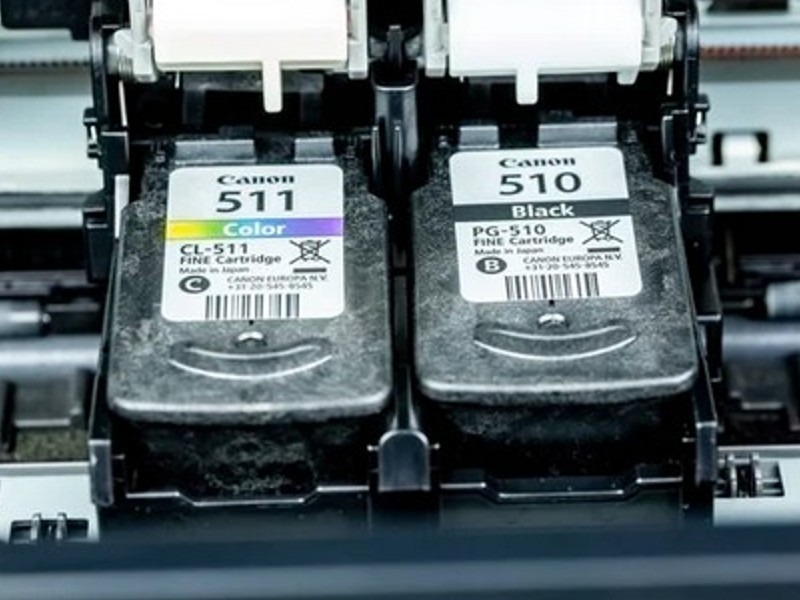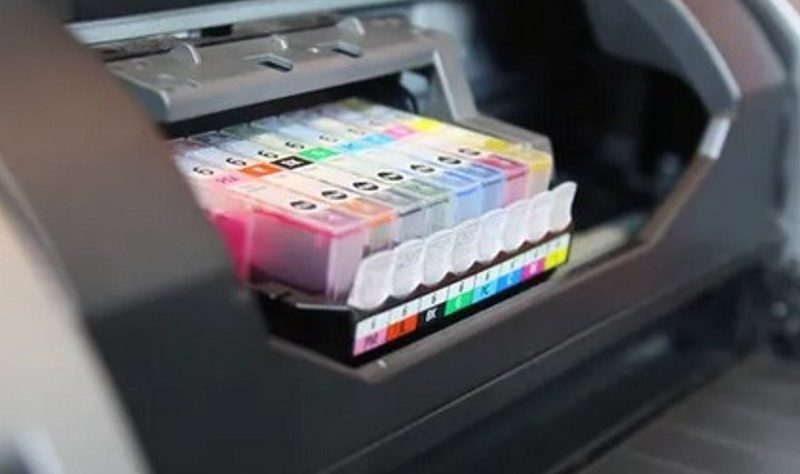In the digital age, where screens dominate everyone’s lives, the trusty printer remains a staple in both homes and offices. But lurking in the shadows of this indispensable machine lies a potential headache: printer ink. It’s a necessity, but navigating the world of printer ink can be fraught with pitfalls. From compatibility issues to cost concerns, here are some common mistakes to steer clear of when choosing ink for your printer.
Table of Contents:
Ignoring Compatibility
Not all printer inks are created equal. One of the gravest mistakes is assuming that any ink cartridge will do for your printer. Printers are designed to work with specific types of ink, and using incompatible cartridges can lead to poor print quality, clogs, or even damage to your printer. Always check your printer’s model number and cartridge specifications before making a purchase.

Opting for Cheap Alternatives
In the quest to save a few bucks, many users turn to third-party or refilled ink cartridges. While these options may seem like a bargain upfront, they often come with hidden costs. Poor quality ink can result in smudged prints, faded colors, and premature printhead wear. Additionally, using non-genuine cartridges may void your printer’s warranty. Investing in high-quality, manufacturer-recommended ink cartridges can save you from headaches down the line.
Overlooking Page Yield
When comparing ink cartridges, it’s essential to consider not only the upfront cost but also the page yield. Page yield refers to the number of pages a cartridge can print before needing replacement. Opting for a cartridge with a higher page yield may initially cost more but can ultimately save you money in the long run by reducing the frequency of cartridge replacements.
Ignoring Environmental Impact
The environmental impact of printer ink is often overlooked. Traditional ink cartridges contribute to electronic waste, as they are typically disposed of after use. Consider environmentally friendly options, such as refillable ink tanks or cartridge recycling programs offered by some manufacturers. Not only can these options reduce waste, but they may also save you money in the long term.
Falling for False Claims
In the competitive world of printer ink, manufacturers often make bold claims about their product’s performance and quality. It’s essential to approach these claims with a healthy dose of scepticism and do your research before making a purchase. Customer reviews, independent tests, and expert opinions can provide valuable insights into the true performance of a particular ink cartridge.
Neglecting Print Settings
Adjusting your printer’s settings can have a significant impact on ink usage. Printing in draft mode, reducing print quality, or selecting a black-and-white mode for text documents can all help conserve ink. Take the time to explore your printer’s settings and experiment with different options to find the right balance between print quality and ink usage.
Wrapping It Up
Choosing the right printer ink is a decision that should not be taken lightly. By avoiding these common mistakes and investing in high-quality, compatible ink cartridges, you can ensure optimal print quality, minimize costs, and reduce your environmental footprint. Take the time to research your options, consult with experts if necessary, and prioritize quality and compatibility when making your purchase. Your printer—and your wallet—will thank you in the long run.









